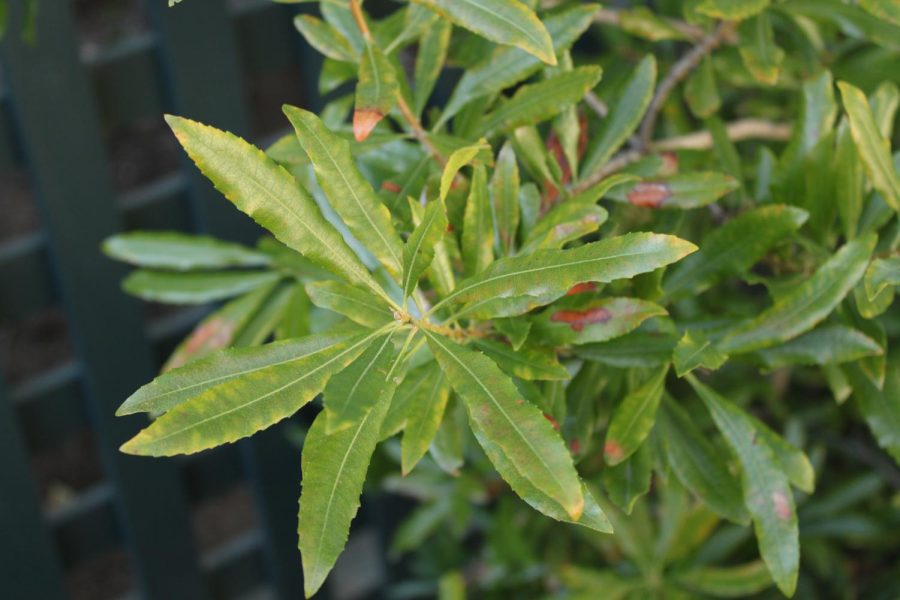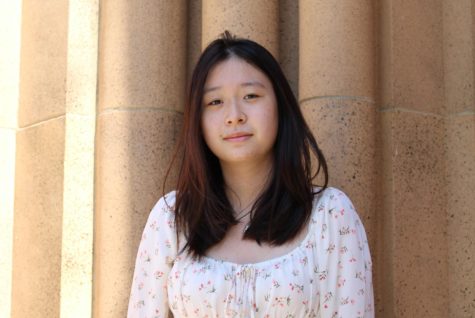The Bay’s Backyard
The California Bay Area is home to a variety of unique native species
Native species are the lifeblood of any ecosystem. In the Bay Area, the native flora and fauna are particularly diverse.
“We [have] Western pond turtles in our ponds…” City of Palo Alto park ranger Alison Hlady said. “A lot of our trees are native including our live oak, black oak… I can’t even name them all. We have lots of native plants: snow berries [and] Yerba Buena coyote mints. Most of our wildflowers in the spring are all native.”
Together, these native species play an integral part in multiple Palo Alto ecosystems, spanning from Foothills Park to the Baylands.
“We know that [native species] all live together in the ecosystem, but it’s not always clear exactly what or how many different roles each native species plays in the ecosystem,” Hlady said. “We do know everything is connected. So the ecosystem is at its most healthy when all of the native species belong there. If you take anything out or lessen it, it will have consequences that ripple through the whole ecosystem.”
The unintentional or intentional introduction of invasive species by humans has a significant impact on native species and ecosystems. In the past, invasive species were brought over to preserves such as Foothills Park through agriculture.
“When we started agriculture, we would bring seeds from other places and grow them because it was a great crop, but didn’t necessarily belong there,” Hlady said. “Before any of the Europeans came, the Ohlone natives that lived [grew] mostly with native plants and animals. But [Europeans] liked certain things in [their] garden or certain vegetables that didn’t grow here. So we brought the seeds with us and planted them.”
The actions of Europeans centuries ago have had lasting effects on local ecosystems. Today, these invasive species include Bullfrogs, Asian clams, and Water Hyacinths. Invasive species continue to be incorporated into our daily lives.

“If you go to Home Depot to the plant nursery, you’ll find a whole lot of not native species,” AP Environmental Science teacher, Nicole Loomis, said.
While parkgoers are not necessarily trying to harm native species, innocent actions can disrupt native habitats.
“Lot of humans don’t realize, especially in nature preserves, that a nice big grassy area we don’t mow with grass up to your knees is a habitat,” Hlady said. “When we walk on that, we may introduce seeds from our houses or other preserves. People trample on native species, or they’ll pick the flowers in the spring. A lot of human impact, I believe, [is] mostly from ignorance. They just don’t understand the consequences or impact that they have when they’re [in the baylands].”
Given the negative impact, humans have on native species, conservation can help in the face of a rapidly changing climate.
“As we move into a world where climate change is causing more weather events and climate conditions, resilience [to continue conserving species] is [going to] be really important,” Loomis said.
Jade Minskoff, a senior at Paly, runs the Project Eco club as a way to assist in the conservation of native species.
“One of the ways that Project Eco makes a positive impact on the protection of our native species is our emphasis on the mantra reduce, reuse and recycle,” Minskoff said. “Not only does being aware of this help the environment overall [but] it additionally helps native species. At the moment we have also partnered with a non-profit organization called Canopy, this organization works to protect tree species in the Bay Area.”
You do not have to be part of a club or organization to help native ecosystems; individual action can make just as much of a difference.
“You can choose what you plant at your own house and try to have a native garden,” Loomis said. “You can be responsible about the pets that you get.”

The simple act of connecting with nature is an effective way to incentivize people to care about native species.
“I think the most important thing to do [to assist in conservation efforts] is to go outside and be in nature,” Hlady said. “Just to sit and relax and enjoy. No one wants to save anything that they don’t have a connection with, and just the act of getting outside and appreciating nature and what it brings to you will get people to understand [nature] more.”
To view Park Ranger’s entire interview see here (the audio is a bit soft so you can turn it up!):
Print Issue
Please click on the three vertical dots on the top right-hand corner, then select “Two page view.”

2022-2023 - Staff Writer
I joined C-Mag because I wanted to try something new for myself. I love C-Mag's ability to share diverse stories. I love journalism...

2021-2022 - Staff Writer
2022-2023 - Online Managing Editor
C Mag was really appealing to me because of its creativity and beautiful designs. I remember...







